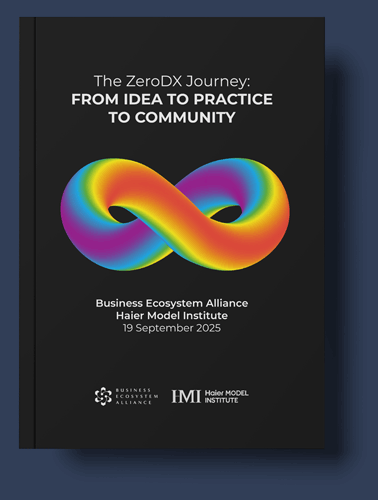CAN ANY ORGANIZATION MAKE ZERO DISTANCE WORK?
One of the first companies to enter the inaugural Zero Distance Excellence Awards is Everest Engineering, a tech company which operates in Australia, India and Malaysia. To bring its 250 employees and 50 plus customers closer together it broke the organization into smaller, more autonomous parts.
This was the result of a consultation process to better understand the problems, frustrations, and needs of its team. The transformation involved collaboration with customers to ensure the changes made sense from their perspective. This iterative, feedback-driven process helped align Everest’s internal structure with customer needs.
This collaborative approach led to the decision to segment the business into smaller units based on the business lifecycle: startup, scale-up, mature, digital, and enterprise.
Initially, users did not notice the changes, but over time, the relationships and interactions became more structured and effective. Customers benefited from having dedicated contacts and smoother communication channels.
None of this is rocket science. But it involves patience, sensitivity and a driving belief that bringing employees and customers closer together is the best way forward.
Our experience at the Business Ecosystem Alliance is that companies throughout the world are increasingly aware of the importance and power of the management fundamentals expressed in Zero Distance and its related best practice.
That is why we are excited to be taking part in the inaugural Zero Distance Excellence Awards in Qingdao in China on 20 September. We hope you can join us.
About the author:
Stuart Crainer is the cofounder of Thinkers50.


